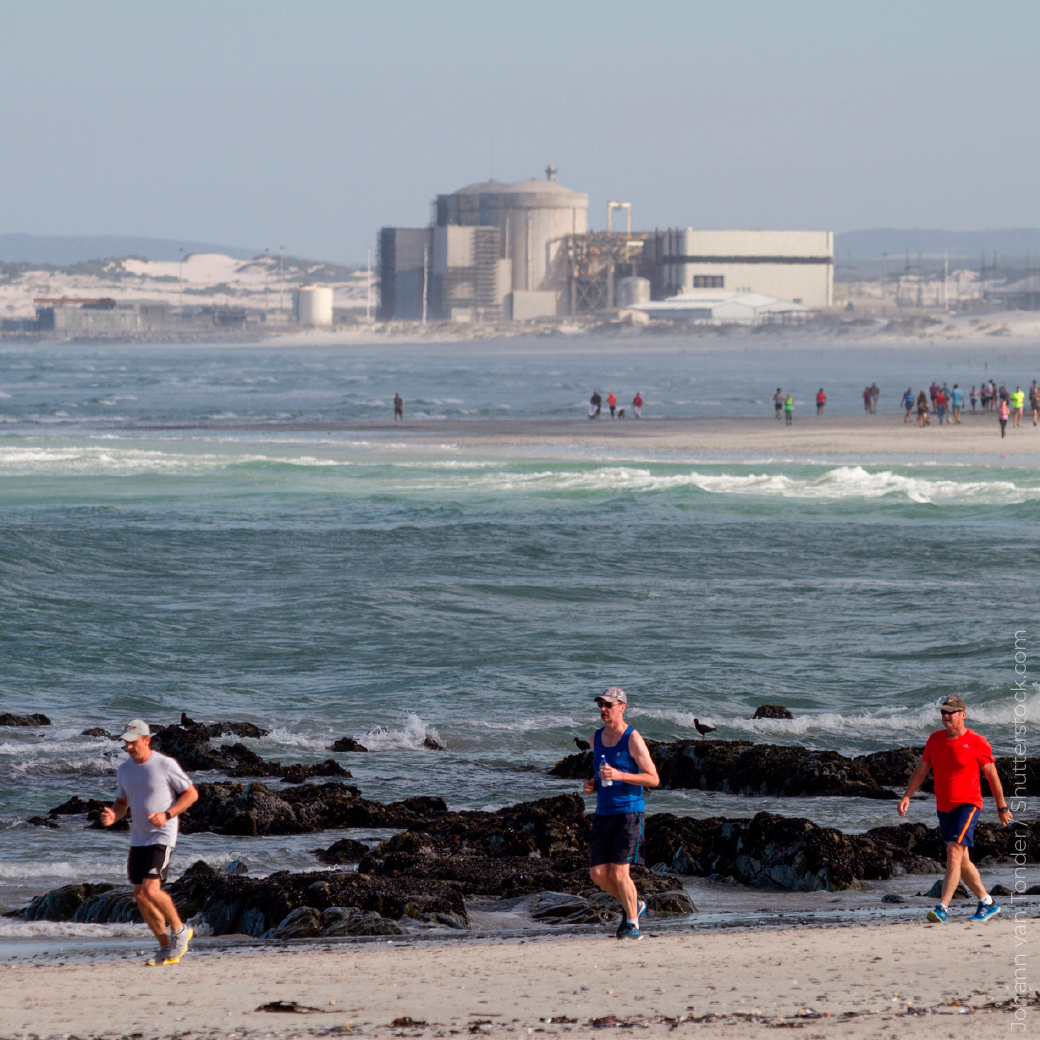‘Fission Chips’: An Activist’s View on Anti-Nuclear Activism in South Africa from the 1980s to the 21st Century
Main Article Content
Abstract
In the following article, based partly on the excellent work of Dr David Fig, South Africa’s energy policy is examined from the euphoria
of the Reconstruction and Development Plan (RDP) to the nadir of the Accelerated and Shared Growth Initiative for South Africa (ASGISA). We further review the successive infiltration by the global nuclear industry from the German Pebble Bed Modular Reactor (PBMR) through the French company AREVA to the advent of the Russian VVER. Evidence of the decisive role played by Eskom is presented, while we show how energy policy became implacably skewed in favour of nuclear power by means of a ‘policy-adjusted’ IRP2010, which became the unchallenged justification for the nuclear fleet. While much has been made of ‘State Capture’ and
the alliance between the South African Presidency and the Gupta family through Oakbay Resources’ interest in uranium1, we will not include it here because it has been so well rehearsed in other publications. What we consider far more important to grasp is that ‘State Capture’ is not an entirely new phenomenon since what we call the ‘Putsch of Polokwane’ in 2007. From the time of General Jan
Smuts to PW Botha, from Mandela to Zuma, the insidious relationship among international arms dealers, globe-trotting Mafiosi, and beneficiaries of the military-industrial global nexus, has remained a constant refrain: only names and places have been changed. As we see, parliamentary democracy is a very fragile bird, and it remains to pay tribute to a very rare, courageous, and determined South
African civil society that can hold their elected leaders to account.
Article Metrics Graph
Article Details

This work is licensed under a Creative Commons Attribution-NonCommercial 4.0 International License.

